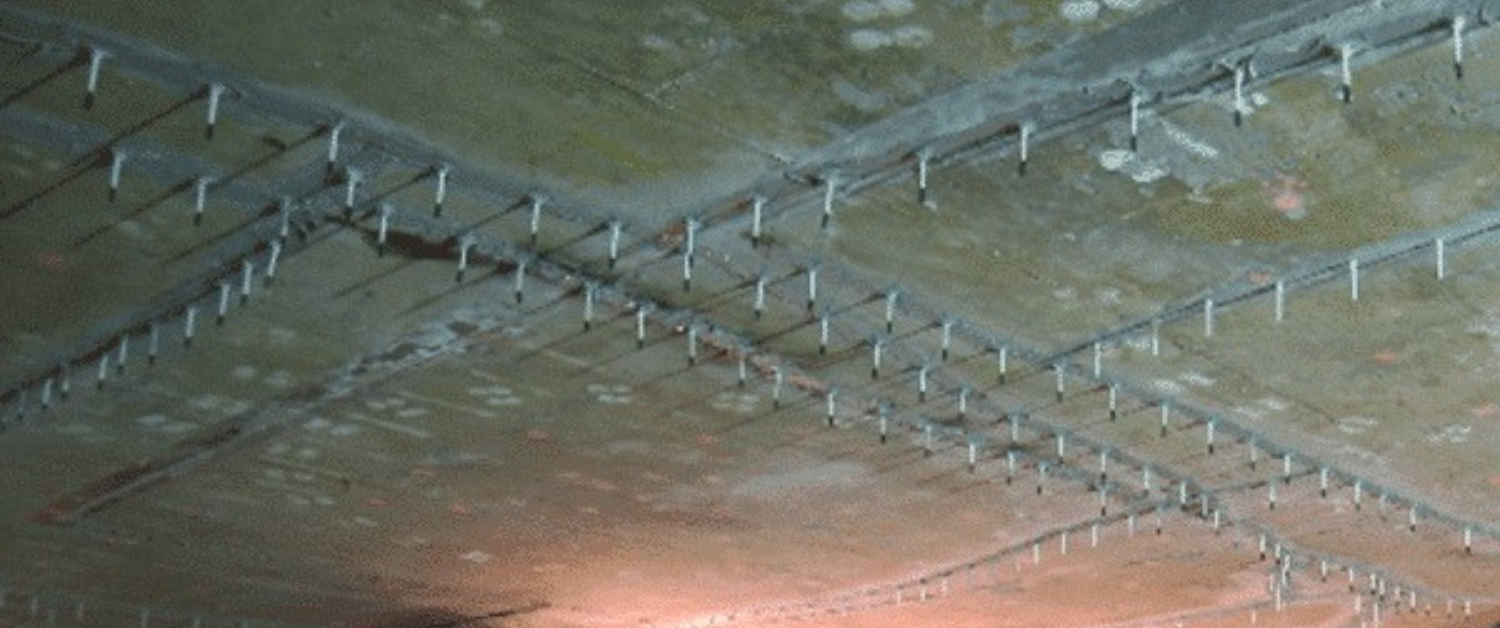Injection Grouting

Injection Grouting
Injection grouting is a specialized process used to fill cracks, voids, and honeycombs in concrete and masonry structures. It restores structural integrity and ensures water-tightness by injecting grout materials under controlled pressure into the damaged areas. This method effectively seals leakages and strengthens old or weakened structures.
Application Method
The procedure begins by identifying and cleaning the cracks and voids. Injection ports are then installed along the affected lines at proper spacing. Depending on site conditions, suitable grouting materials such as epoxy, polyurethane, or cementitious grouts are chosen. The grout is injected using pumps at controlled pressure to ensure complete penetration and sealing.
Once the injection process is completed, the ports are removed, and the surface is sealed neatly. Injection grouting is ideal for preventing water seepage in basements, retaining walls, tunnels, and structural members where cracks or gaps are present.
- Seals cracks and prevents water leakage
- Restores strength and stability to structures
- Suitable for both epoxy and polyurethane systems
- Enhances durability and waterproofing performance

Injection grouting is an efficient and durable solution for structural rehabilitation and waterproofing. It ensures long-term protection by filling internal voids, strengthening concrete, and preventing further damage from moisture ingress.
FAQs about Injection Grouting
What is the purpose of injection grouting?
Injection grouting is used to repair cracks, stop water leakage, and enhance the load-bearing capacity of concrete or masonry structures.
